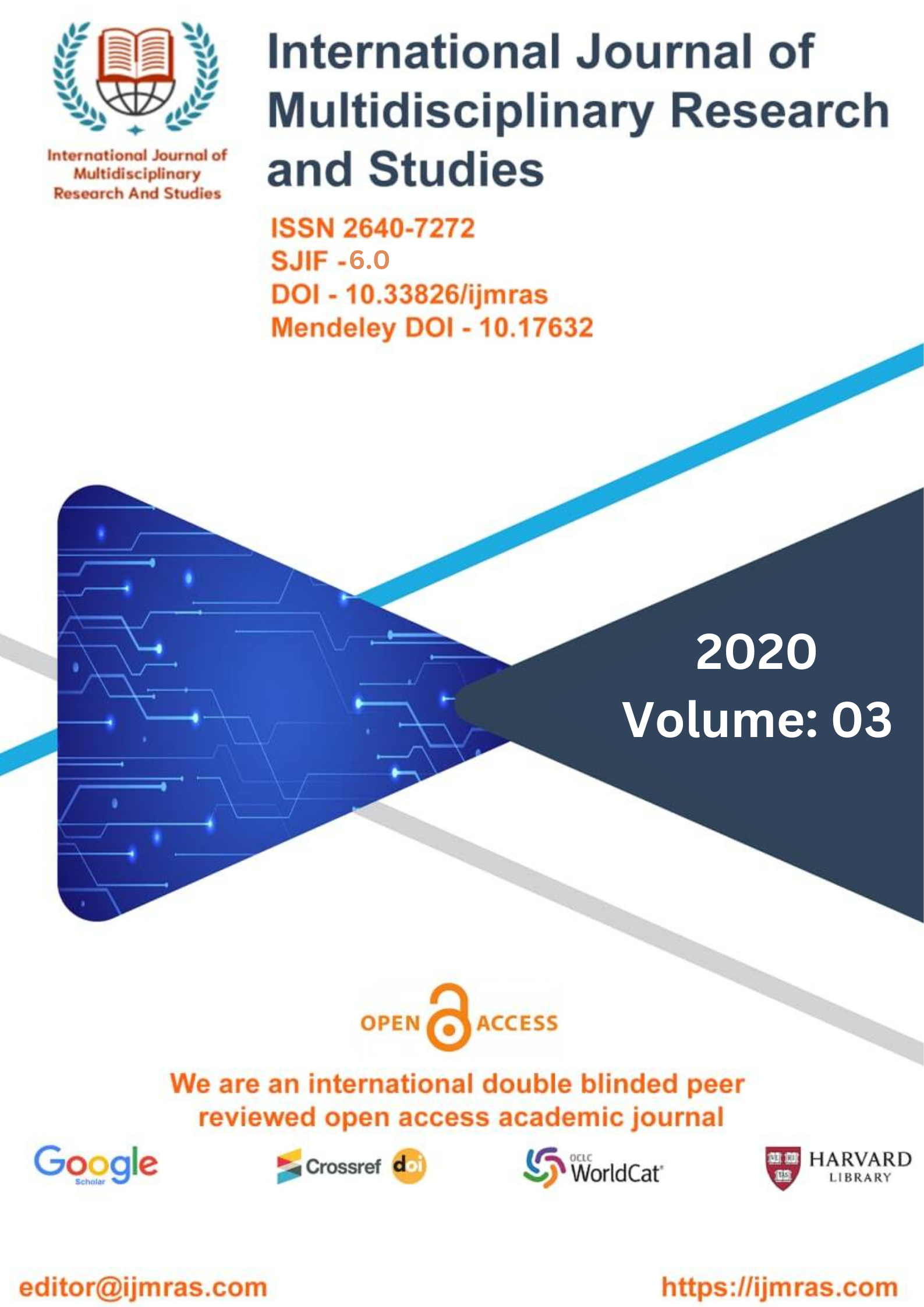RESPIRATORY ORGANS IN VERTEBRATES: FUNDAMENTAL DIFFERENCES IN THE BREATHING MECHANICS OF DIFFERENT BIRD AND SKELETAL ADAPTATIONS TO LOCOMOTION

Abstract
The lungs are specialised organs that are responsible for collecting oxygen from the surrounding air. These may be found in mammals, as well as birds and reptiles. The shape of the lungs can also vary from one species to another, but in general, they are made up of a network of branching tubes known as bronchioles that end in alveoli, which are the air sacs that contain the alveoli. In the alveoli, oxygen diffuses from the air into the blood vessels that surround them, and carbon dioxide diffuses from the blood into the alveoli to be breathed. Oxygen also diffuses in the other direction. This fundamental kind of unicameral lungs and the buccal pumping ventilation that was discovered in these lungs may also be found in more recent amphibians. The process of aspiration is a form of ventilation that has been established by terrestrial vertebrates. It is quite efficient. The lungs of almost all living reptiles today are segmented into three rows of lung chambers each. This results in an increase in the exchange surface area that is directly proportional to the increased metabolic demands of these reptiles. Both the avian respiratory system, with its volume-constant lungs and highly compliant air sacs, and the mammalian broncho-alveolar lung, with its very low compliance, are derived from multicameral lungs. The avian respiratory system has volume-constant lungs, and the mammalian respiratory system has very low compliance. The lung of an animal with a mammalian respiratory system has relatively poor compliance, whereas the lung of an animal with an avian respiratory system has a volume-constant lung..
Keywords
Respiratory, Organs, Vertebrates, Mechanics, Bird, Skeletal, Adaptations, LocomotionHow to Cite
References
Padian, K. and Chiappe, L. M. (1998) The origin and early evolution of birds. Biol. Rev. 73, 1-42.
Codd, J. R., Manning, P. L., Norell, M. A. and Perry, S. F. (2008). Avianlike breathing mechanics in maniraptoran dinosaurs. P. Roy. Soc. B 275, 157- 161. (doi: 10.1098/rspb.2007.1233)
Chinsamy, A., Chiappe, L. M. and Dodson, P. (1995). Mesozoic avian bone microstructure: physiological implications. Paleobiology 21, 561-574.
Erickson, G. M., Rogers, K. C., Varricchio, D. J., Norell, M. A. and Xu, X. (2007) Growth patterns in brooding dinosaurs reveals the timing of sexual maturity in non-avian dinosaurs and genesis of the avian condition. Biol. Lett. 3, 558-561. (doi: 10.1098/rsbl.2007.0254)
Erickson, G. M., Rauhut, O. W. M., Zhou, Z., Turner, A. H., Inouye, B. D., Hu, D. and Norell, M. A. (2009). Was dinosaurian physiology inherited by birds? Reconciling slow growth in Archaeopteryx. PLoS ONE 4, e7390. (doi: 10.1371/journal.pone.0007390)
Powell, F. L. (2000) Respiration. n Avian Physiology 5th Edition (ed. Causey Whitlow, G.) pp. 233-264. Academic Press, New York.
Zimmer, K. (1935). BeitragezurMechanik der Atmungbei den Vögeln in Stand und Flug. Aufgrundanatomischer-physiologisher und experimentellerStudien. Zoologica 88, 1-69
Claessens, L. P. A. M. (2008). The skeletal kinematics of lung ventilation in three basal bird taxa (emu, tinamou, and guinea fowl). J. Exp. Zool. A 311, 586- 599. (doi: 10.1002/jez.501)
Kardong, K. (2006) The respiratory system. In Vertebrates, Comparative Anatomy, Function, Evolution, pp. 430-433. McGraw-Hill Publishing, New York.
Codd, J. R., Boggs, D. F., Perry, S. F. and Carrier, D. R. (2005). Activity of three muscles associated with the uncinate processes of the giant Canada goose Branta canadensis maximus. J. Exp. Biol. 208, 849-857. (doi: 10.1242/jeb.01489)
Schufeldt, R. W. (1890) The musculature of the trunk. In The Myology of the Raven, pp.300-301. London MacMillan and Co.
Tickle, P. G., Ennos, A. R., Lennox, L. E., Perry, S. F. and Codd, J. R. (2007). Functional significance of the uncinate processes in birds. J. Exp. Biol. 210, 3955-3961. (doi: 10.1242/jeb008953)
License
Copyright (c) 2020 SHAZIA ZAFAR

This work is licensed under a Creative Commons Attribution 4.0 International License.
Individual articles are published Open Access under the Creative Commons Licence: CC-BY 4.0.



